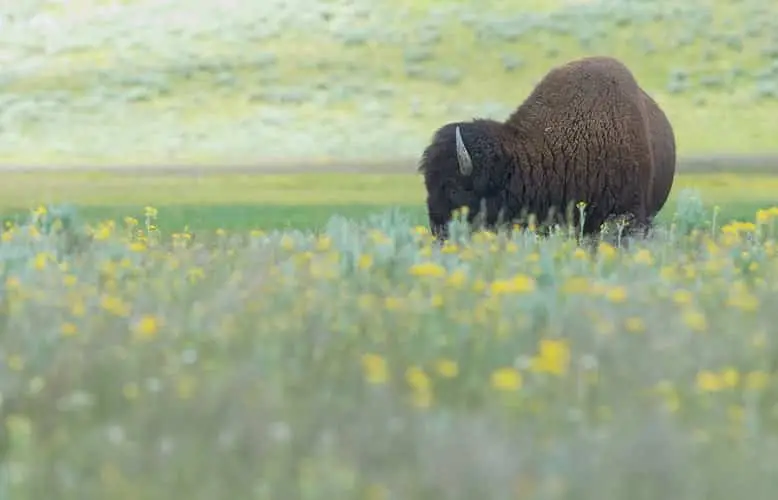Portugal has made a historic move in conservation as they welcome the first wild bison in 10,000 years. This marks a significant step in rewilding efforts, promising new hope for the ecosystem.
Rewilding Europe’s Effort
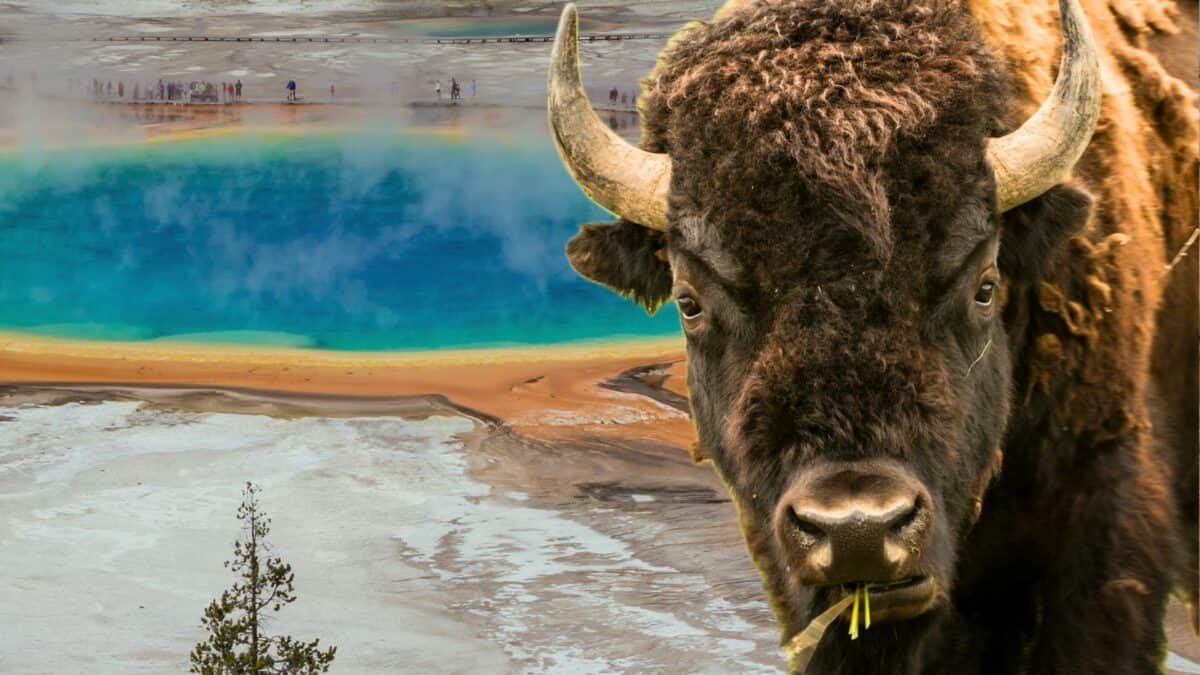
Rewilding Europe is excited about the arrival of a small herd of bison in a large valley in Portugal. These bison are crucial for preventing wildfires and controlling invasive species. Their presence is also expected to promote endemic biodiversity. It’s a monumental event, as bison have not roamed Portugal since the last Glacial Maximum.
Role of Bison in Europe
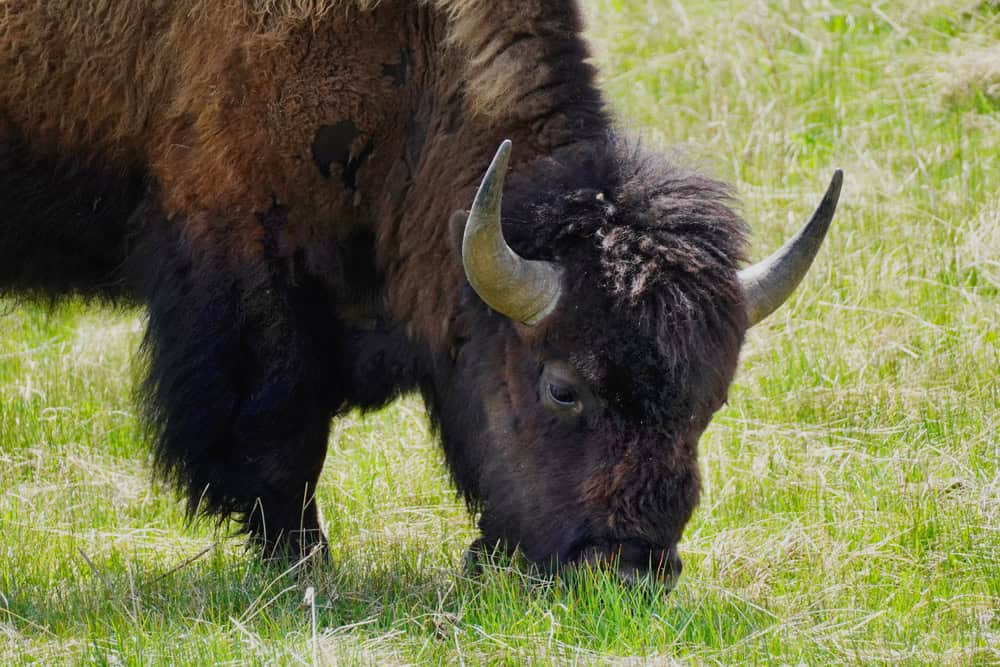
European wood bison are being reintroduced across Europe – from Poland to Romania and the UK. These animals are seen as vital for restoring Europe’s remaining wild areas. Once, bison and other large grazers were common in Europe’s forests and scrublands. Today, they are helping to revive native ecosystems in various countries.
Rewilding in Portugal

Portugal, smaller than Pennsylvania, is seizing a unique rewilding opportunity. The gradual abandonment of the Greater Côa Valley has opened up space for conservation. The government has set aside a quarter-million acres of land.
This area includes natural and semi-natural habitats like scrub, Mediterranean dry forests, and steep gorges. It’s home to Iberian wolves, roe and red deer, wild boar, eagles, and an ancient cattle breed.
Management and Future Prospects
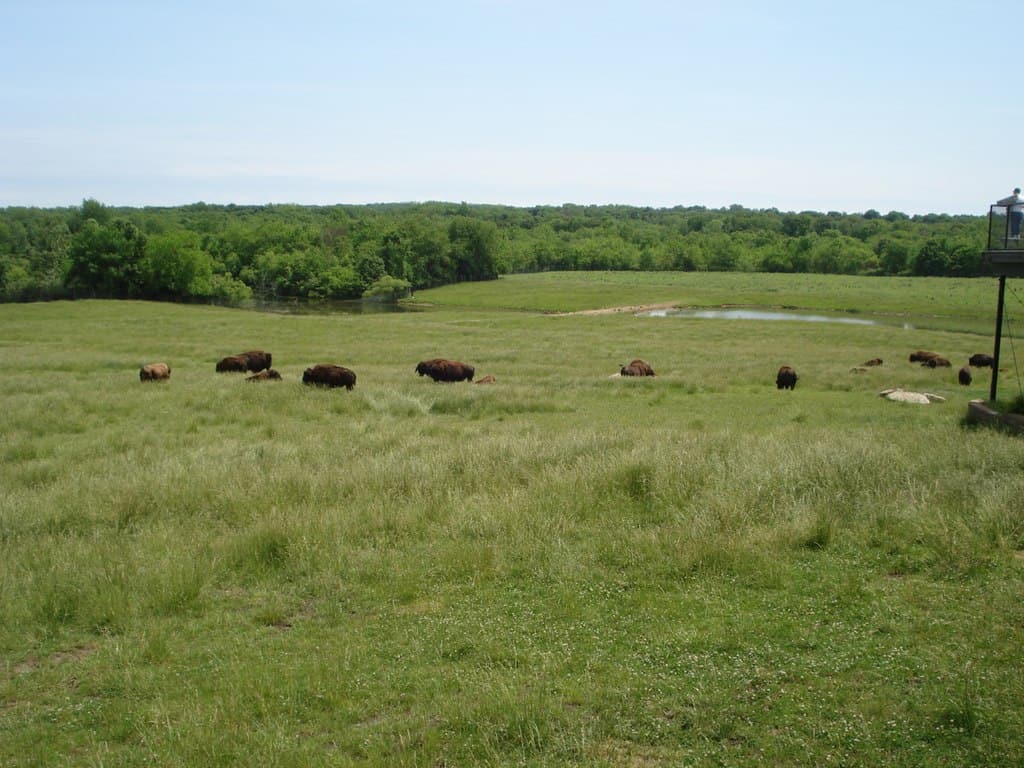
The European bison will be managed by the Rewilding Portugal team, in cooperation with experts from northern Poland. This translocation is a pilot project, with the bison closely monitored to see how they adapt. For Rewilding Portugal, it’s a learning process. The team will receive training in bison management, ensuring these animals thrive in their new home.
Wrapping Up with Portugal Welcomes First Wild Bison in 10,000 Years

The reintroduction of wild bison to Portugal is a groundbreaking event. It not only revives a part of the country’s ancient history but also promises to enhance biodiversity and ecosystem health.
As these bison settle into their new environment, they bring with them the potential for a richer, more balanced landscape. Moreover Portugal’s rewilding efforts truly show the power of conservation as well as the hope for a wilder future.
What are bison?

Bison are large, hump-backed herbivores that once roamed North America in massive herds. They are known for their shaggy brown coats and strong, powerful bodies.
Where do bison live?

Bison primarily live in North America, with significant populations in the United States and Canada. They thrive in grasslands, prairies, and some forested areas.
How big do bison get?

Male bison, called bulls, can weigh up to 2,000 pounds and stand about 6 feet tall at the shoulder. Females, called cows, are generally smaller, weighing around 1,000 pounds.
What do bison eat?

Bison are herbivores, feeding mainly on grasses, herbs, and shrubs. They graze throughout the day, and their diet changes with the seasons based on what plants are available.
How long do bison live?

In the wild, bison typically live around 15 to 20 years. In protected environments, like wildlife reserves, they can live longer, sometimes reaching up to 25 years.
How do bison communicate?
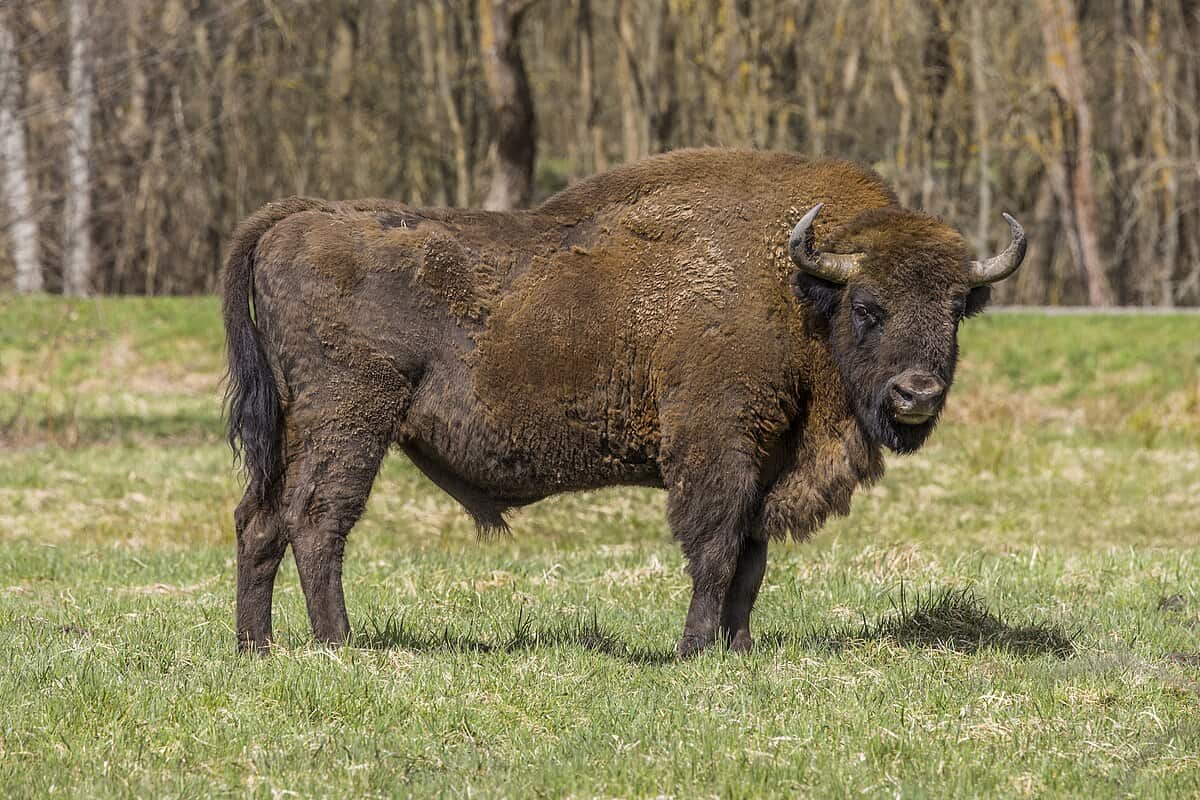
Bison communicate through a variety of sounds, including grunts, snorts, and bellows. They also use body language, such as head movements and posturing, to convey messages to each other.
Are bison and buffalo the same?
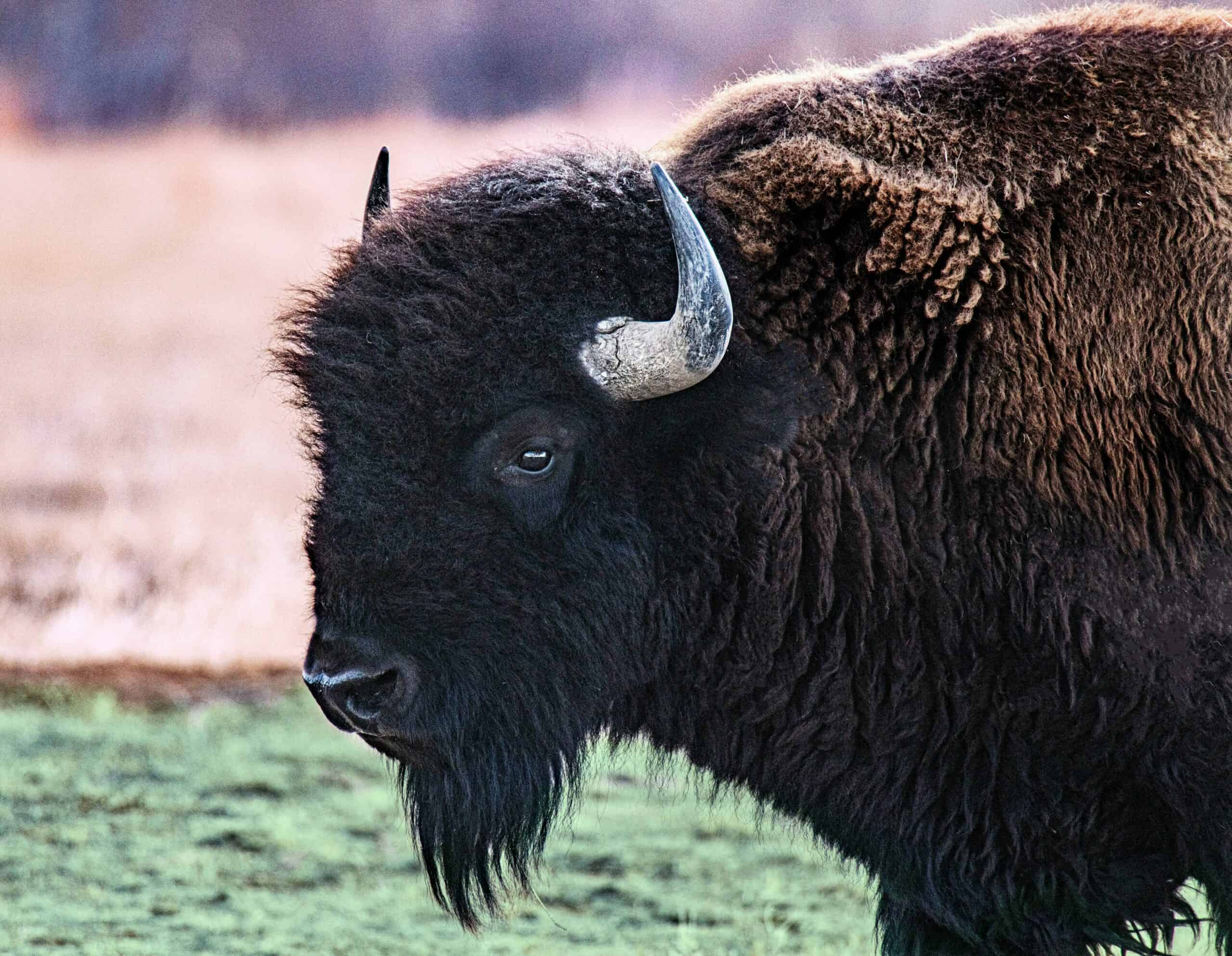
No, bison and buffalo are different species. Bison are native to North America and Europe, while buffalo are found in Africa and Asia. They are similar in appearance but have distinct differences.
What is the conservation status of bison?

Bison were once near extinction due to overhunting and habitat loss. Conservation efforts have helped their populations recover, and they are no longer endangered but are still considered near threatened.
How do bison survive winter?

Bison are well adapted to cold climates. Their thick coats provide insulation, and they use their strong heads to move snow aside to find food. They also have a slow metabolism to conserve energy.
Can bison run fast?
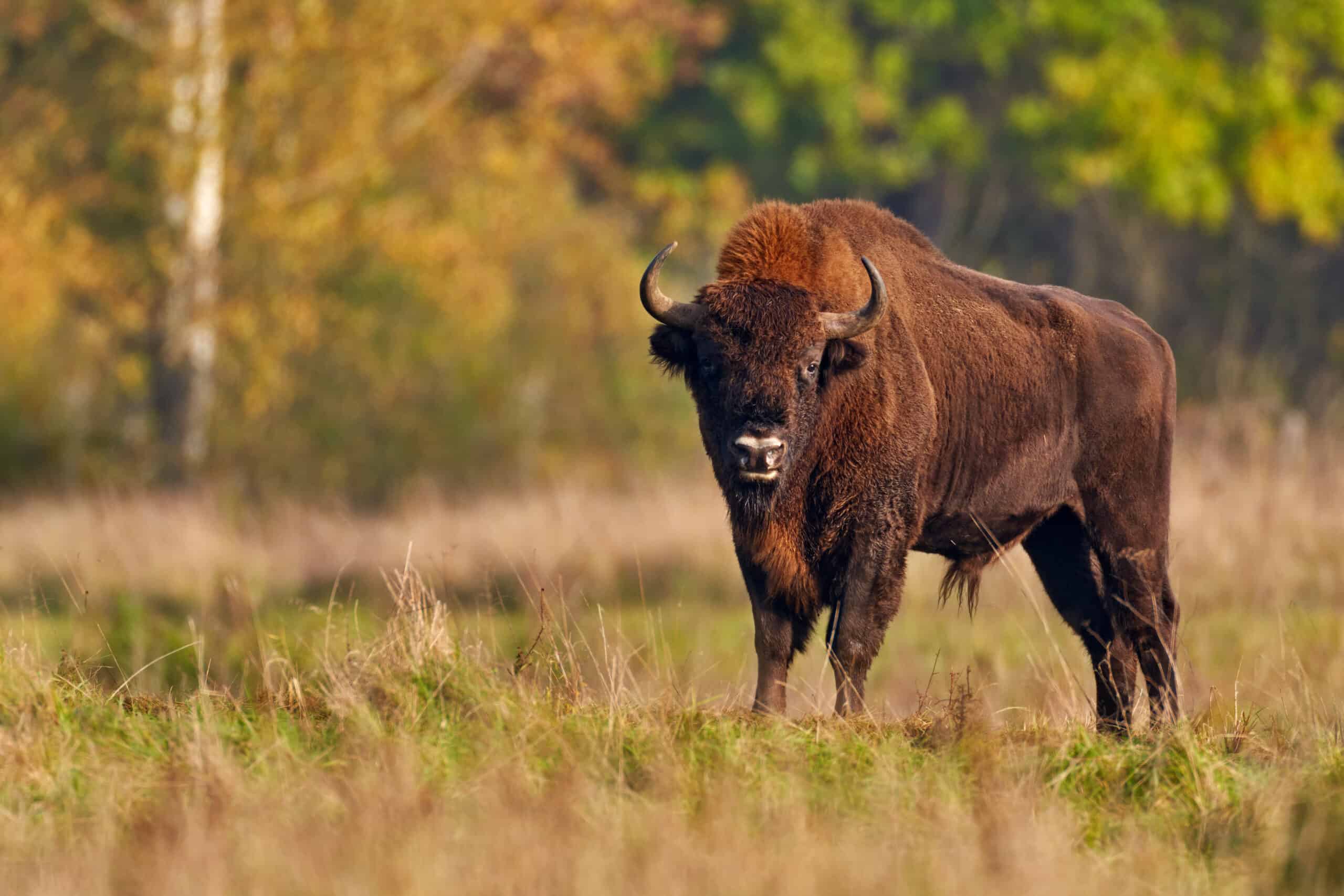
Yes, bison are surprisingly fast for their size. They can run up to 35 miles per hour. This speed helps them escape predators and cover large distances in search of food.
What is a bison’s role in the ecosystem?
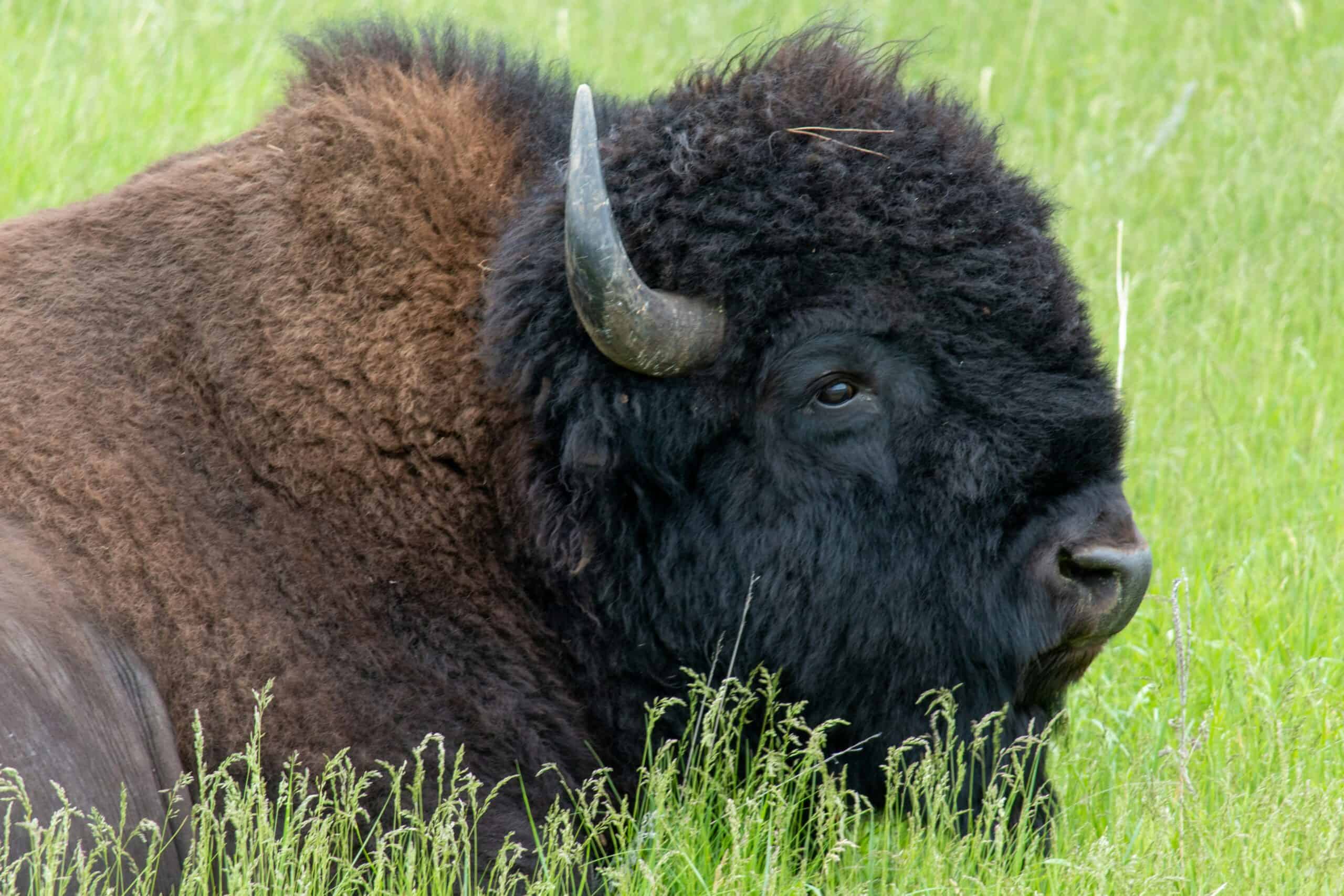
Bison play a crucial role in their ecosystem. As grazers, they help maintain grassland health by preventing overgrowth and promoting plant diversity. Their movements also help aerate the soil.
How do bison care for their young?
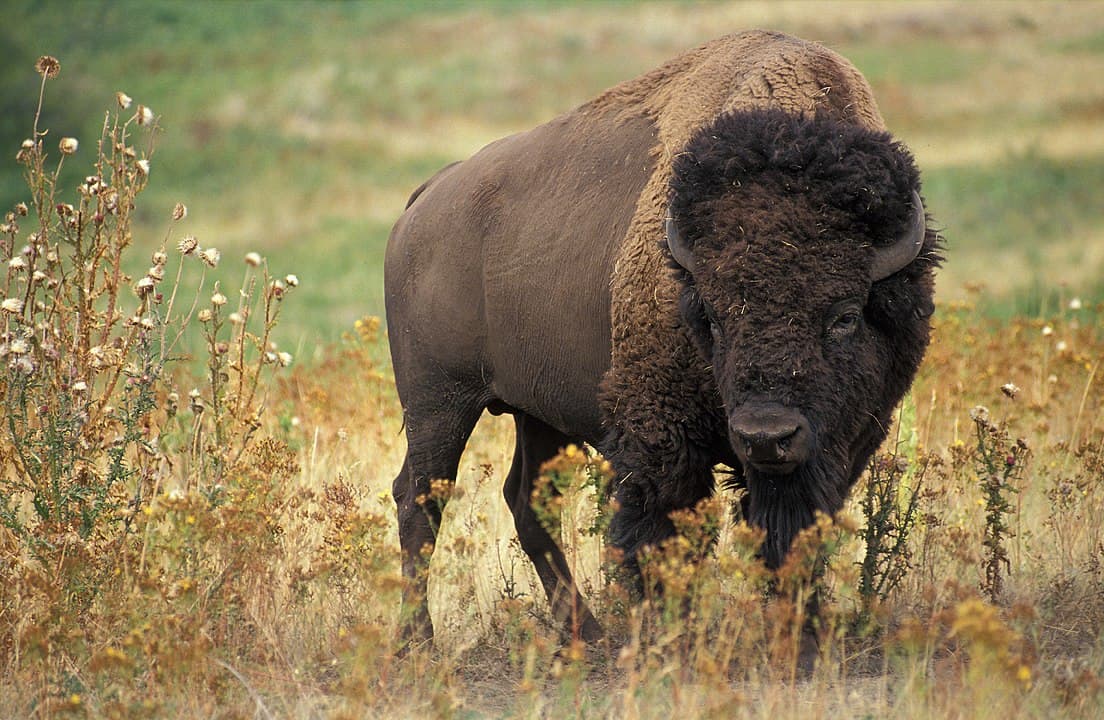
Bison cows give birth to one calf, which they nurse and protect. The herd offers additional protection, with adults forming a circle around the young if threatened by predators.
What are the social structures of bison herds?

Bison herds have a matriarchal structure, led by older females. Males typically live separately or form smaller bachelor groups, joining the main herd during the mating season.
How do bison contribute to Native American culture?

Bison hold significant cultural and spiritual importance for many Native American groups. They are a source of food, clothing, and materials, and feature prominently in myths and ceremonies.
What threats do bison face today?

Bison face threats from habitat loss, disease, and genetic issues due to small population sizes. Conservation efforts continue to address these challenges to ensure their long-term survival.
Let me know what you think of this rare white buffalo baby in the comments below!
Next up ~
Join our Forum for free today!

- Watch This Octopus Walk Out of Water and Onto Land - July 1, 2024
- Watch: Three Orcas Investigate Swimmer - June 30, 2024
- Violinist Summons Turtles From The Depths Of The Lake - June 29, 2024

